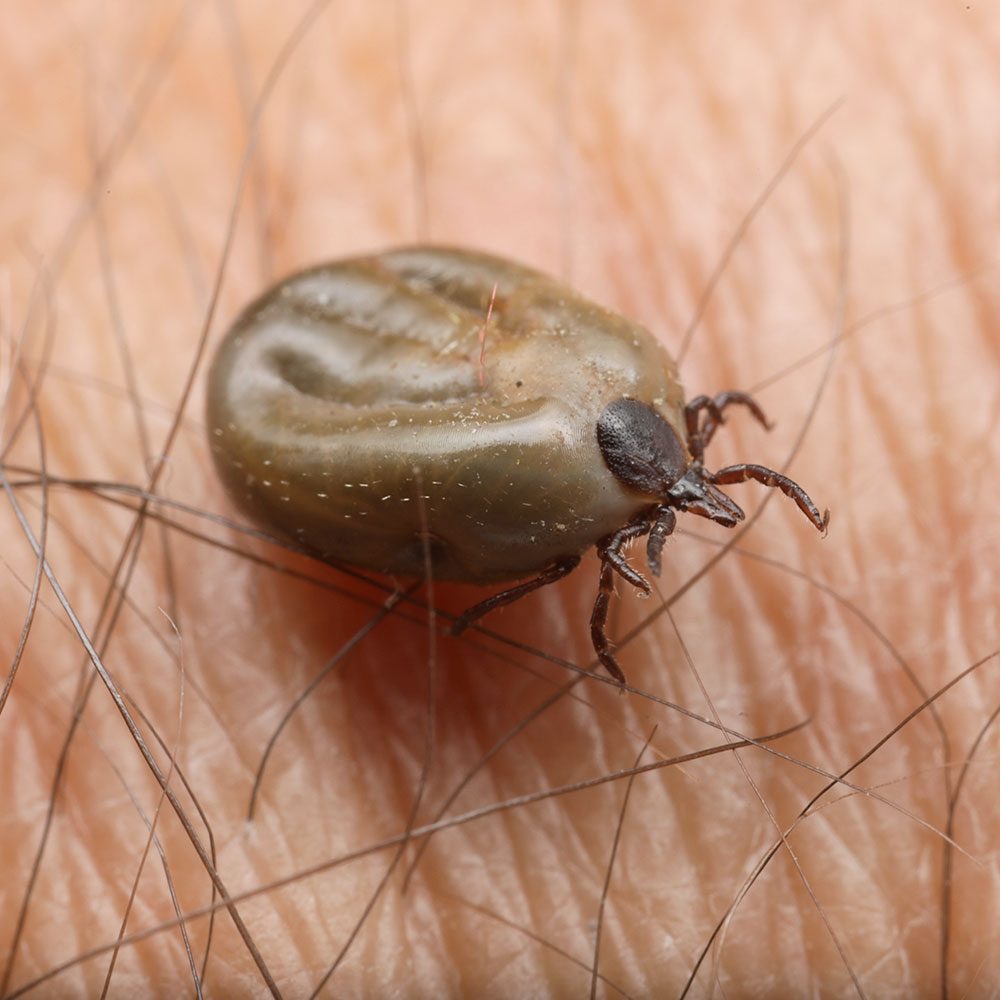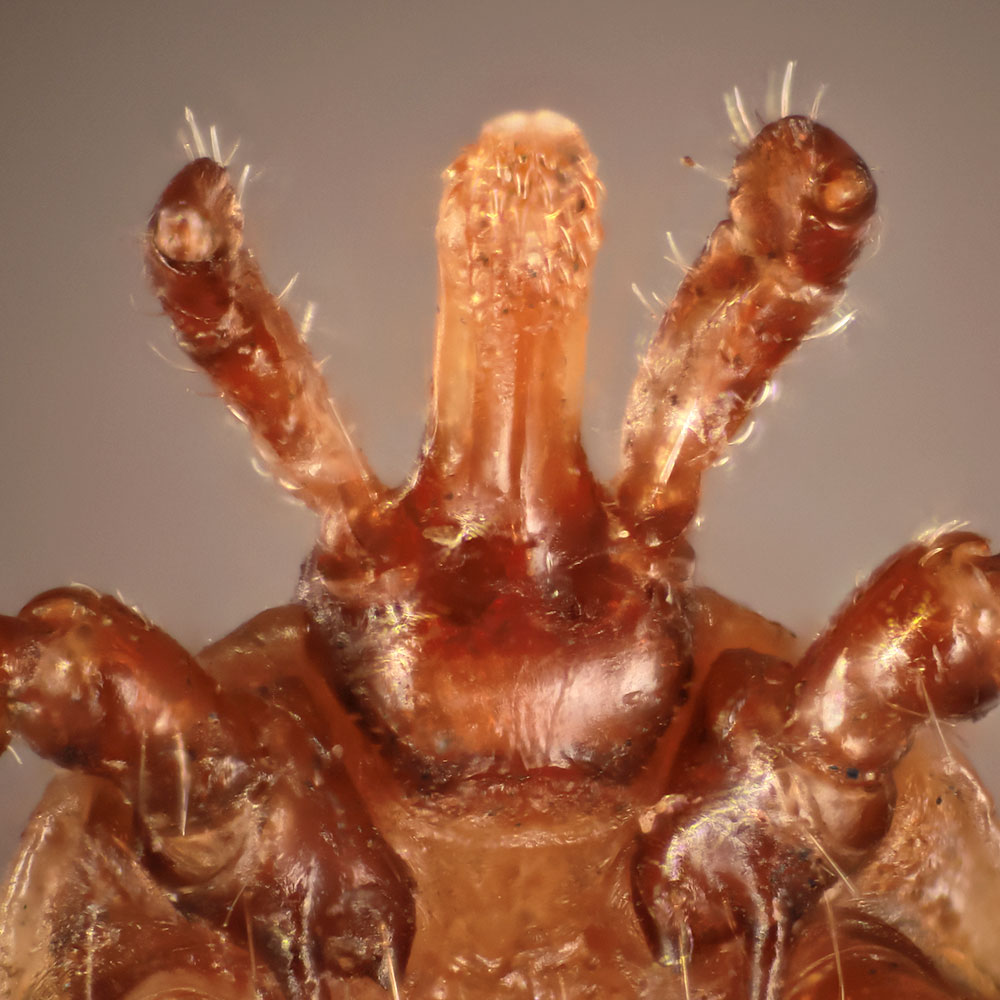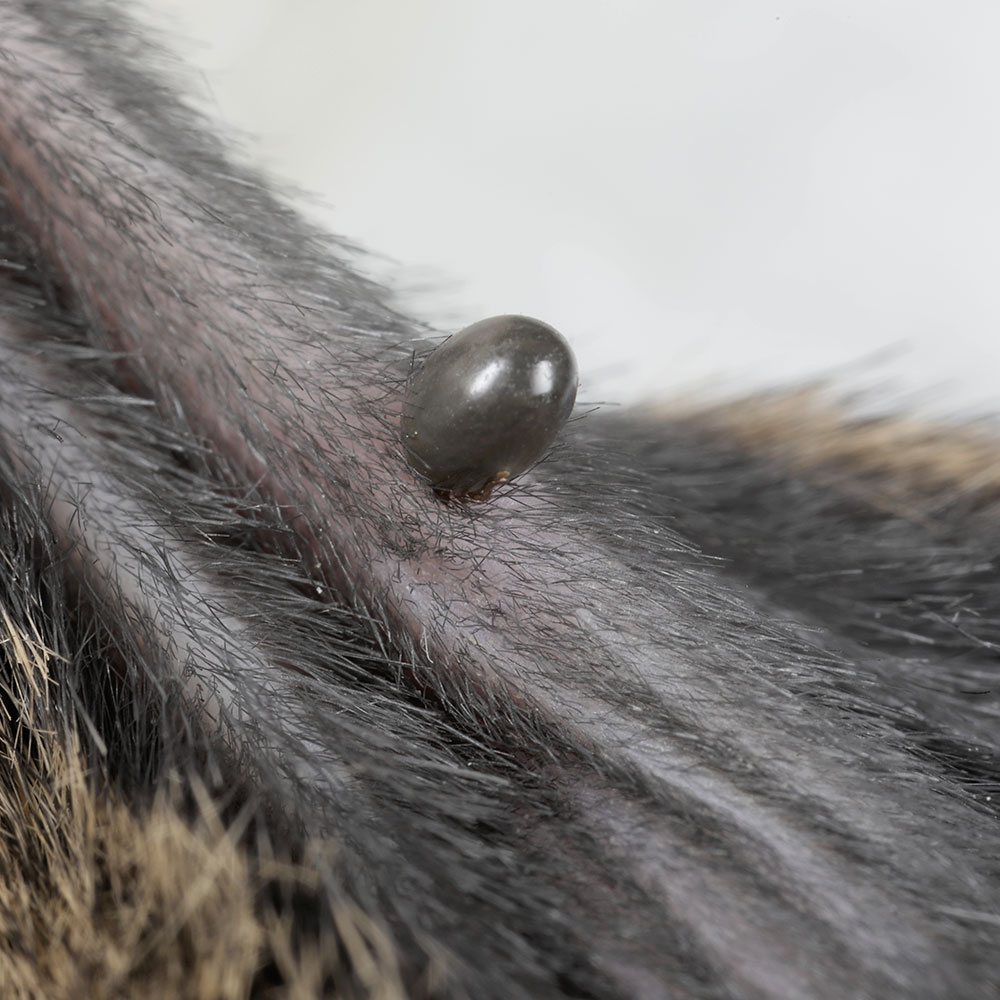The Mechanics of a Tick Bite
Ticks are well known for latching onto humans and pets, but have you ever wondered what is really going on during a “tick bite”? While some pests like spiders will only bite out of self-defense, biting is how ticks are able to feed and survive. Rather than a quick nibble, ticks feed for extended periods of time, which is what can make them so dangerous to our health.

Similar to mosquitoes, ticks feed on the blood of larger hosts like deer and humans for sustenance and survival. In order for ticks to grow and progress through their life stages, they need to take a blood meal at each phase. As adults, females need to feed on blood in order to be able to produce viable eggs. But how exactly do ticks suck blood from a host and how are they able to stay latched onto our skin for so long? The answer is in their anatomy.
While mosquitoes use their straw-like mouthparts to quickly feed in a matter of seconds, tick feeding can take as long as three to ten days depending on where they are in their life cycle. As a result, they’re mouth parts are specifically designed to help them stay latched onto a host and embedded in their skin.
A tick’s mouth is made up of three main sections: the hypostome and a pair of chelicerae. The hypostome is a needle-like, barbed structure positioned in between the two chelicerae. The underside of the hypostome is covered in backwards-facing teeth that help the tick hook into the host. On either side of the hypostome, the two chelicerae act as retractable rods with hooks on the end of each. When a tick is ready to feed, it will use the chelicerae to puncture and dig into the skin. As flesh is pulled out of the way, the tick will push the hypostome into the host until it is fully embedded, using the hooks at the end of the chelicerae to further secure itself.


Once the tick’s mouthparts are fully embedded, it will inject its saliva into the host through a groove running down the center of the hypostome. Compounds in their saliva numb the area so hosts won’t notice that they are being bitten, while also prompting blood to pool under the surface of our skin at the bite site. Saliva from infected ticks can also transmit disease-causing pathogens into the host, leading to serious complications such as Lyme disease. Additionally, certain species will also discharge a cement-like substance to help them stay attached. The tick will then suck the pooled blood through the groove on their hypostome, finally detaching once it is fully fed.
